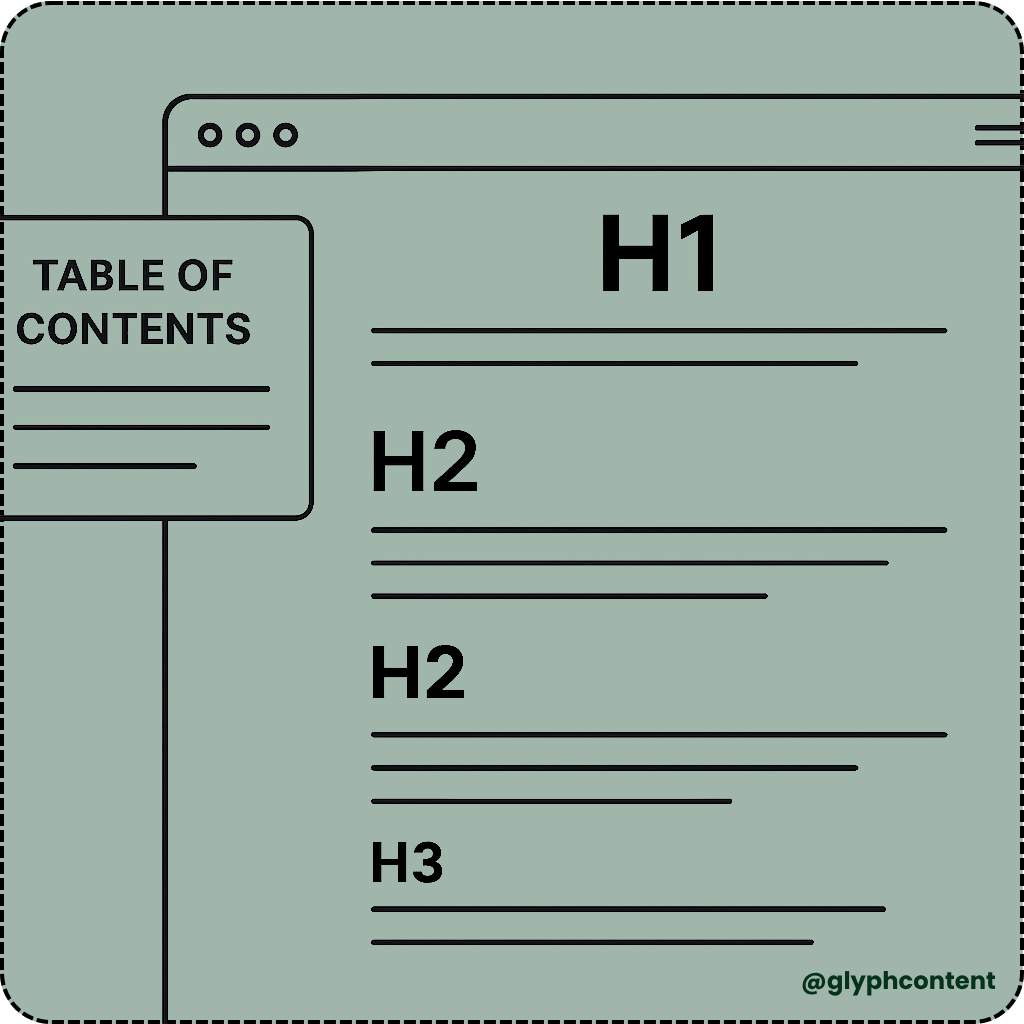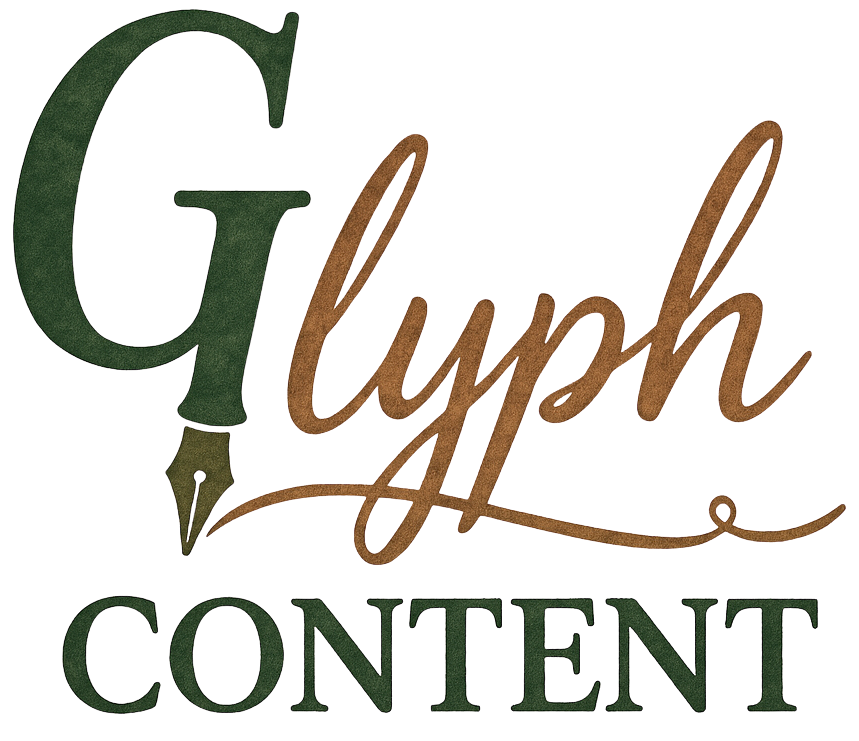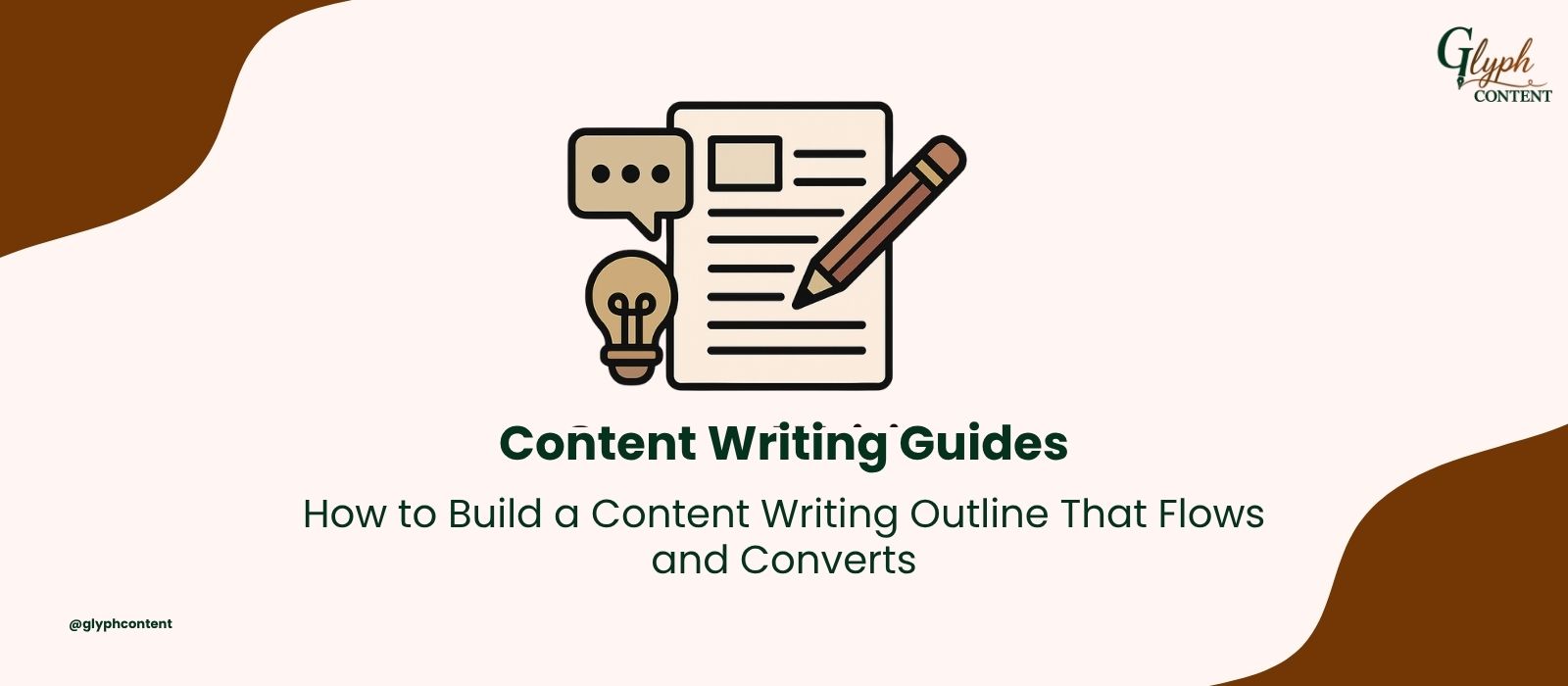- • Understanding your audience shapes every decision in your outline and sets the tone for a smoother reading experience.
- • When your outline reflects your reader’s mindset, the final article feels clearer and easier to follow, building trust early.
- • A strong outline blends flow, structure, and audience awareness, helping readers stay engaged from start to finish.
A strong article starts with clarity, and that clarity comes from knowing how to build a content writing outline that guides the reader from one idea to the next. Many people skip this stage or rush through it because outlining feels like routine work, yet this is the step that holds everything together. When you understand how to build a content writing outline that supports flow and helps readers stay engaged, the writing becomes easier and the message feels more grounded. Anyone who finds your post through Google is meeting your brand for the first time, and that first impression depends heavily on how your ideas are arranged, not just what you say.
Why Learning How to Build a Content Writing Outline Matters
Many writers treat blogs like tasks they must keep ticking off every week. They post something, anything, just to feel consistent. But the truth is that a content writing outline that flows and converts sets the tone for how people see your brand the moment they find you online. Google is where people go to find answers, learn something useful, or compare options. When your article shows up, the structure behind it quietly shapes how the reader feels about you.
A content writing outline that flows and converts isn’t only arranging sections. It decides which ideas need attention, which ones support clarity, and which ones help the reader reach a better understanding. This is how the outline slowly builds trust, even before the actual writing begins.
Understanding Your Audience Before You Plan Anything
A content writing outline that flows and converts starts with knowing who will read what you’re creating. Digital creators think differently from small business owners, and people who rely on AI tools bring another set of expectations to the table. When you understand what they’re dealing with, you can guide them in a natural direction instead of overwhelming them. When you learn how to build a content writing outline with the reader in mind, your ideas land more clearly and your article feels far easier to follow.

If someone is searching because they feel stuck, your outline must ease them into the solution. If they’re exploring because they want to improve their website, your outline should feel steady and informative. A content writing outline that flows and converts must match the reader’s mindset, otherwise the writing feels disconnected. Trust is built when the reader feels that you understand their pressure or confusion before offering clarity.
Building Flow That Guides the Reader Naturally
Flow is one of the biggest differences between content that feels smooth and content that pushes the reader away. A content writing outline that flows and converts creates movement without forcing transitions. You start with context so the reader feels grounded, then slowly enter the problem behind the topic, and gradually move toward the insight or solution they came for.
A content writing outline that flows and converts also avoids sudden jumps in ideas. If your sections move too fast or feel out of order, readers lose interest even if the information is useful. Writers who understand how to build a content writing outline that supports real problems usually create articles that hold attention longer. When ideas flow in a thoughtful sequence, readers stay longer, understand more easily, and leave with a better impression of your brand. This is the invisible power of flow inside a solid outline.
Crafting H1, H2, and H3 Sections With Purpose
Your structure plays a major role in how readers and search engines interpret your article. A content writing outline that flows and converts uses headings as signals. Your H1 sets the promise of the article, while your H2 sections hold the main concepts that guide the reader through the experience. H3s support the details without overwhelming the flow.
A content writing outline that flows and converts makes scanning easy. People often skim before they read, and this quick scan decides whether they trust you enough to continue. Clear headings help them find what they need faster. This is also where you place your product or service naturally. Not as a pitch, but as a small part of the overall explanation, blending into a section where it genuinely helps the reader understand the topic.

Using AI the Right Way While Creating Your Outline
One of the biggest misconceptions today is that you can ask AI to create a full outline and expect something strong. A content writing outline that flows and converts doesn’t appear from a one-line prompt. AI helps, but it shouldn’t think for you. Instead, treat it like an assistant who waits for direction.
Share your audience, goal, tone, angle, the type of reader you expect, and where you want your product to fit. Only then will AI Outline Generator support your thinking rather than replace it. A content writing outline that flows and converts still comes from human judgement. AI adds clarity, variations, and refinement, but the core decisions need your understanding of people and their needs.
Treating Your Content Like a Brand-Building Asset
Writers often forget why content exists. A blog is not a monthly checkbox. When your article appears on Google, it becomes the first way someone interacts with you. That moment can influence their perception for a long time. A content writing outline that flows and converts keeps this in mind. Every section, idea, and example must serve the reader first.
When your outline is built around helping someone solve their problem, the final article feels grounded. Readers trust content that speaks to them directly, without fluff or noise. A content writing outline that flows and converts makes sure your research, visuals, and explanations all contribute to a helpful experience. This is how your content becomes a steady source of trust instead of a random piece of text on the internet.
Putting All the Elements Together Into a Strong, Converting Outline
Once you understand your reader, know the direction of your flow, and decide how your structure works, everything starts coming together. A content writing outline that flows and converts blends these pieces into one clear document. The final outline acts like a map for your ideas. It helps you write faster, think clearly, and stay aligned with what the reader hopes to find.
This type of outline also makes your brand feel reliable. Readers appreciate content that respects their time, answers their questions, and leads them forward without pressure. A content writing outline that flows and converts gives your writing stability and makes your brand feel capable.
Refining Your Next Steps
A strong article begins with intention. A content writing outline that flows and converts gives you the direction you need before the writing even starts. It clears the confusion, guides your message, and helps readers trust your work. If the outlining and writing process takes more time than you can give it, a dedicated writing team can carry this part for you. At Glyph Content, the research and writing stay in steady hands, giving you room to focus on your product or service without carrying every step alone. Knowing how to build a content writing outline helps, but having quiet support in the background often makes the entire process feel far more manageable.
FAQs
A strong outline usually starts with the goal of the article, the type of reader you’re speaking to, and the main idea you want to deliver. Then you shape your H2 and H3 sections around the reader’s questions so your message moves in a steady direction. It helps to look at search intent as well, because the outline works better when it aligns with what people expect to learn when they click your topic.
There’s no fixed length. Some outlines are short with only a few structured sections, while others include notes, examples, or reminders for tone and flow. The real measure is whether the outline helps you see the full shape of the article without guessing the next step. If it gives you clarity, it’s long enough.
AI can support the process, but it works best when you guide it with clear direction. If you just ask for an outline, you’ll get something generic. When you explain your topic, angle, audience, and what the reader is struggling with, AI can help expand ideas or improve movement between sections. The human judgement still sets the path, and AI fills the gaps.
Let’s Talk About Your Project
Tell us what you’re working on and what you want to build. Drop your details below and we’ll follow up with ideas, suggestions, and the best way to support your project.

